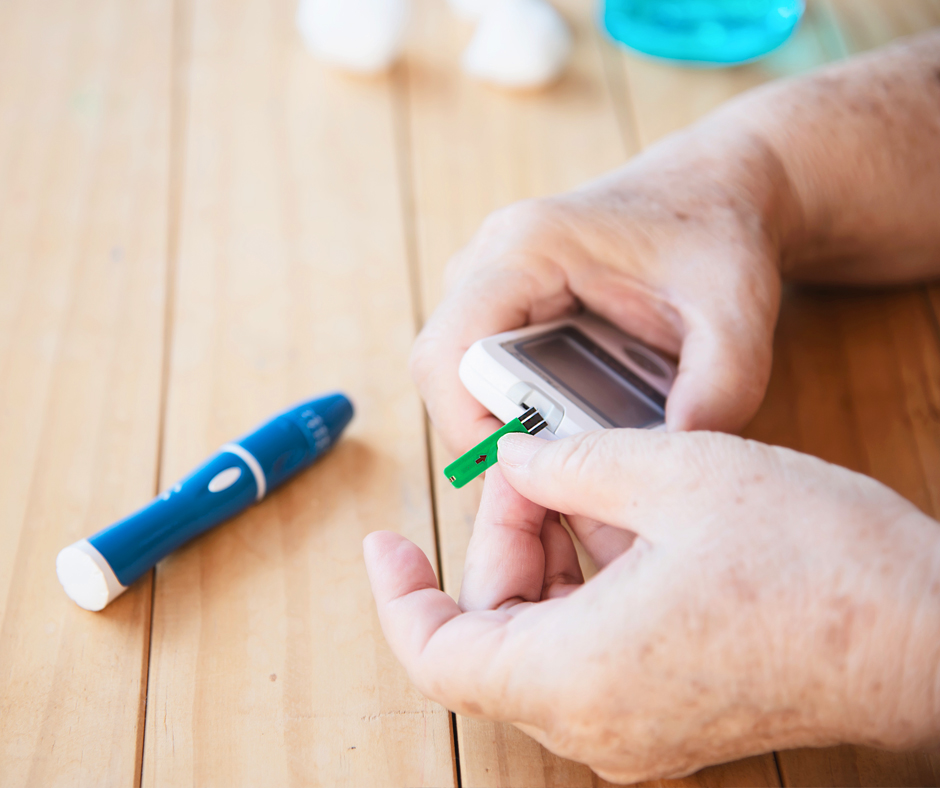Learning you have diabetes can be confusing and even overwhelming but managing your condition doesn’t have to be. With the right supplies and a regular testing schedule, you can stay on top of your blood sugar levels to keep your diabetes (and your life) under constant control. Here’s what you need to know to take the stress out of securing your diabetes testing supplies.
Glucose Meter
A blood glucose meter – also known as a glucometer – is a portable device used to measure the level of glucose (a type of sugar) in a person’s blood. They work by analyzing a drop of blood – typically taken from the patient’s finger – that is inserted into the meter via testing strip. Today’s glucose meters can return accurate results within seconds.
Glucometers come in a variety of makes and models, from basic, no-frills formats to more advanced meters packed with options and features. Some can even store your testing information over time, delivering valuable insight to the patient and their physician.
The price of your glucometer depends on which brand and type you choose, but typical costs are between $20 and $70. Your insurance company may cover part or all the cost, depending on your policy. Your doctor can help you determine which glucose meter is right for you.
Lancet
A lancet is a plastic mold that contains a sterile surgical needle. In diabetic patients, lancets are used to prick the finger (or another body part) and obtain a blood sample for sugar testing.
Lancets come in different gauges, which refers to the width of the needle point. The most common sizes run from 23 to 30. Higher gauges have thinner needles, which cause less pain but may not provide an adequate sample.
Lancing Device
While lancets alone can secure a blood sample, most patients prefer to use a lancing device. A traditional lancet is inserted into the lancing device, which uses a spring to drive and retract the lancet in a smooth, forceful motion. Most devices have customizable depth settings that allow you to control how deeply the lancet penetrates the skin. This makes gathering the blood sample faster and less painful, especially for those with thick calluses or fingertip sensitivity.
Lancing devices come in many different models, and they don’t all lock in every type of lancet. Lancing devices that can hold multiple lancet types are the best for flexible supply shopping.
Test Strips
A glucose testing strip is used with a glucometer to measure a person’s blood sugar levels. A drop of blood is placed onto the strip, which is then inserted into a special slot inside the glucose meter.
They may be small, but each strip is packed with state-of-the-art science that converts glucose into an electric current. The meter then determines the amount of glucose needed to generate that level of electricity and displays it as a series of numbers on the screen.
Test strips can be purchased over-the-counter without a prescription – but they’re often pricey. A box of 50 testing strips can cost anywhere from $8 to $80, and some meters require a particular brand that may cost more. Insurance may cover a portion of the price with certain conditions such as annual deductibles or preferred providers.

